Don’t visit the city without knowing these fun facts about Valencia. In this article, we’ll go over some interesting facts about Valencia, Spain, and the culture in general! So let’s enrich your cultural and historical knowledge about the city.
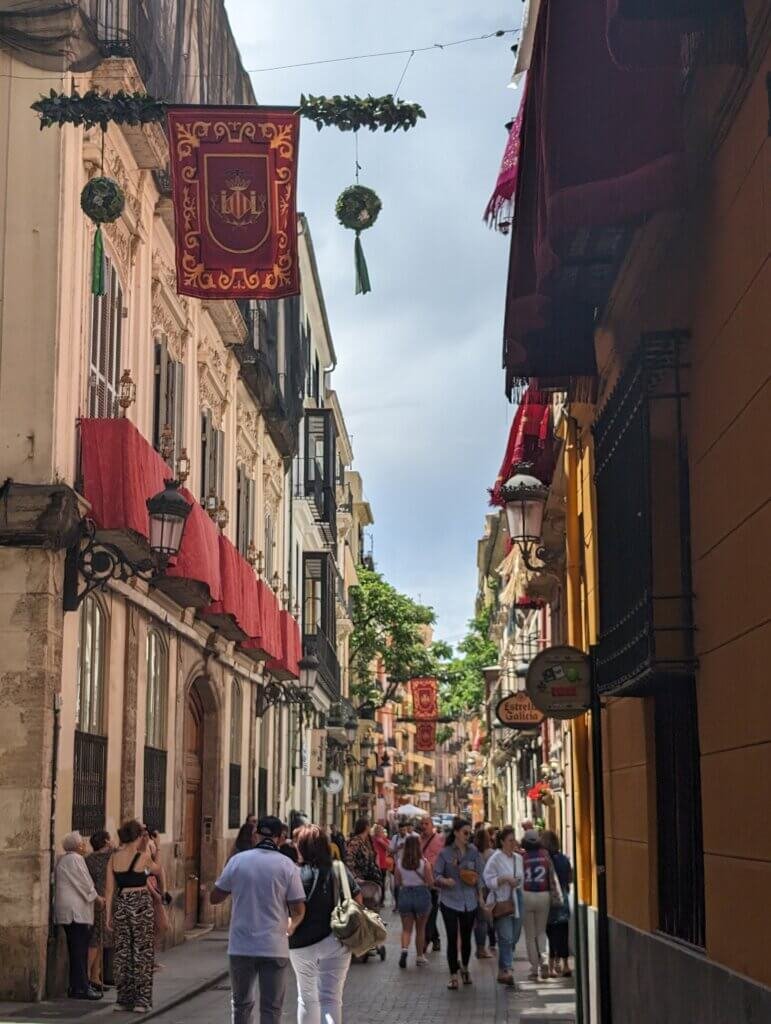
- 10 Fun Facts About Valencia
- The Turia River Was Moved
- Valencia is the birthplace of Paella
- Spanish is not the native language
- La Estrecha is the narrowest building in Europe
- It hosts the world’s oldest court system
- There’s a legend behind the city’s mascot – a bat (Lo Rat Penat)
- It hosts one of the biggest parties – Les Falles
- Valencia was the capital of the rebellion during the civil war
- The most blue-flag beaches in Spain
- The Cathedral holds the Holy Grail (allegedly)
- Other Interesting Facts About Valencia
- Get More Tips For Visiting Valencia
10 Fun Facts About Valencia
Let’s keep things simple with some fun facts about Valencia. Not only are these facts interesting tidbits that make the city special – I’ll also be including some common misconceptions.
This way you’ll be one step ahead of the other tourists. And maybe you’ll be able to blend in just a bit more.
So let’s dive into these 10 fun facts about Valencia, Spain.
Note: This article is focused on fun and interesting things to know about Valencia. Check these articles if you’re looking for things to do or travel tips.
The Turia River Was Moved
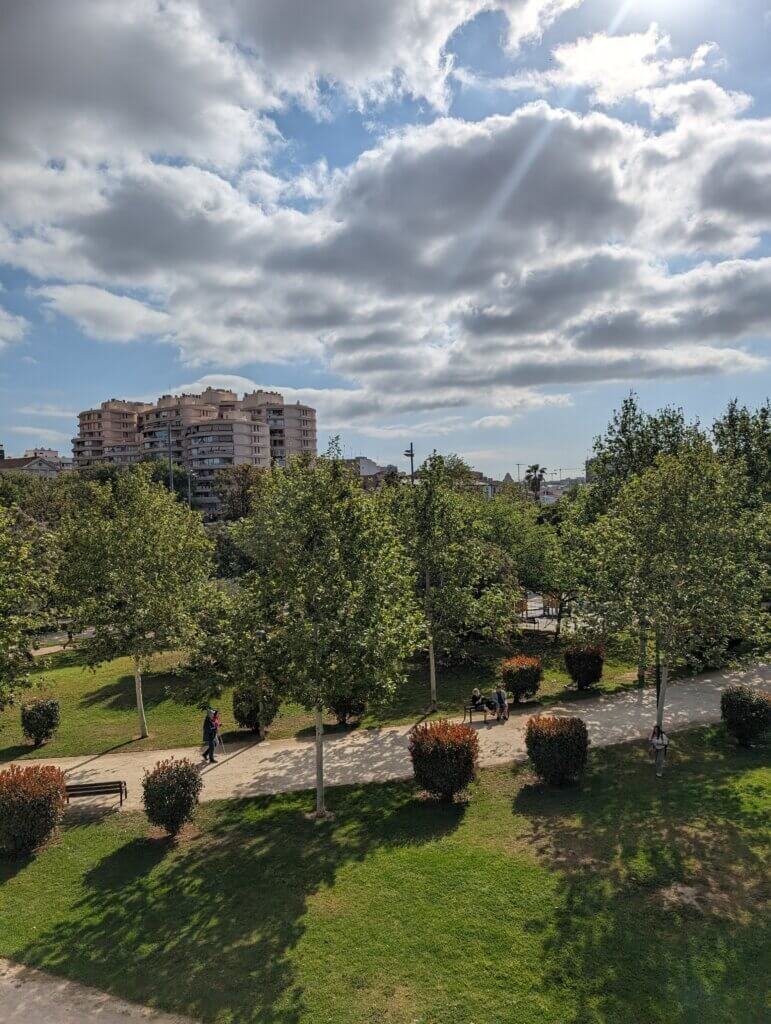
The Turia River is a 241 km river that starts in Teruel and ends in the Mediterranean. And up until 1957, it cut the city of Valencia in half.
But after La Riuà – one of the biggest floods in Valencian history, they decided to alter the river’s course.
It took around 20 years to effectively divert the river, leaving the empty river bed crossing the city. After that, there were some intense debates about what to do with the empty space.
Luckily – it was decided to turn this 10km river bed into the Jardins del Túria. Today, these gardens are known as the Lungs of the City. With enormous green spaces, soccer fields, and the famous City of Arts and Sciences making these gardens a beloved emblem of the city.
The gardens are even longer than Central Park in NYC!
Plus, with cultural spaces like the Palau de la Música and the Museu de Belles Arts – this space has become one of the biggest reasons why Valencia is such a lively and cultural city today!
Bonus fact: It was almost turned into a highway in the 80s. But under a social movement called “Volem el Riu Verd” (We want the river green) – the gardens initiative was voted through. What a relief!
Valencia is the birthplace of Paella

Ask anyone in Valencia and they’ll tell you VERY strongly:
Paella is NOT a Spanish dish. It is a Valencian dish.
In fact, most people will tell you that if you go anywhere outside the Valencian Country, you’re not getting paella. You’re just ordering “rice with things”.
This UNESCO-recognized dish originates from the towns near the rice fields in L’Albufera and the riverbank in Xúquer. We believe it was originally a dish that used the rice with whatever ingredients you had on hand.
But these days – the Paella Valenciana is a very rigid recipe. It’s typically made on special occasions or on Sunday family reunions.
And there are a few other types of paella, as well. Plus, every year the International Paella Contest has chefs from around the world compete – always with a few innovative versions.
But whatever you do – don’t ever think about adding chorizo or onions. It will cause an absolute uproar.
➡️ Here’s where to get the best paella in Valencia.
Spanish is not the native language
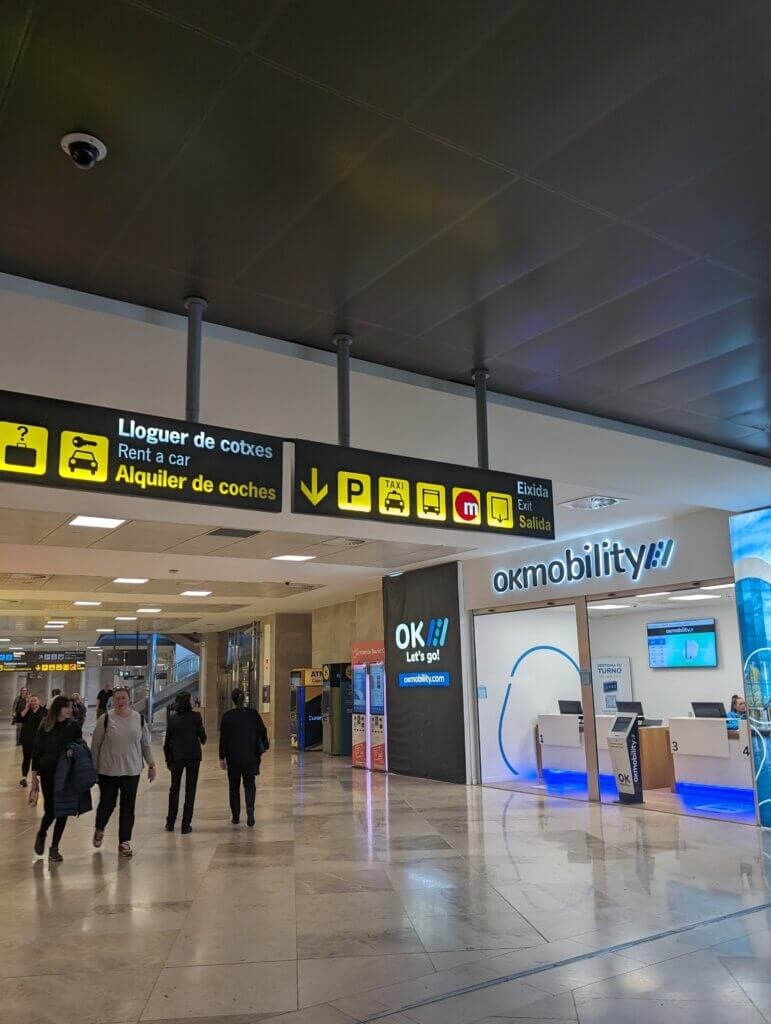
This might be the biggest misconception tourists have about Valencia.
Because Spain actually has 5 official languages – Valencian (Catalan) is one of them.
So when you come to Valencia, you’ll see most of the signs in Valencian. You’ll see the word “Carrer” instead of “Calle”. And if you studied Spanish and have a hard time understanding people …
It’s probably because they’re speaking their native language, Valencian.
So if you’re planning on traveling to Valencia, Barcelona, or Mallorca – be prepared to learn some basic Catalan phrases.
In fact, over 9 million people speak Catalan as their first language. They’ll speak it in Andorra and parts of France and Italy, as well!
Since education in Spanish is mandatory, everyone will still speak Spanish. But a little bit of respect and appreciation for the native language will go a long way – especially as it’s a hot topic for the locals.
La Estrecha is the narrowest building in Europe

Barely over 1 meter in length, this bright pink building is the thinnest building in Europe. At only 107 cm (42”), this has become a popular tourist spot in recent years.
Located right behind the Santa Caterina tower, this bright pink façade is an interesting sight. It used to belong to a family of jewelers, with the ground floor being their shop.
But unfortunately – the actual home was merged into the surrounding buildings in the 1980s. So today, it’s only Europe’s narrowest façade.
It hosts the world’s oldest court system

One of Valencia’s UNESCO-recognized intangible cultural heritage is also the world’s oldest continuous court system.
El Tribunal de les Aigües – The Water Court.
Every Thursday, representatives from all of Valencia’s waterways, rivers, and estuaries come together to discuss management of the ecosystem. If there are any problems or concerns, this is where issues will be debated and resolved.
You can see their court in session every Thursday morning in the Plaça de la Mare de Déu, right behind the cathedral.
There’s a legend behind the city’s mascot – a bat (Lo Rat Penat)
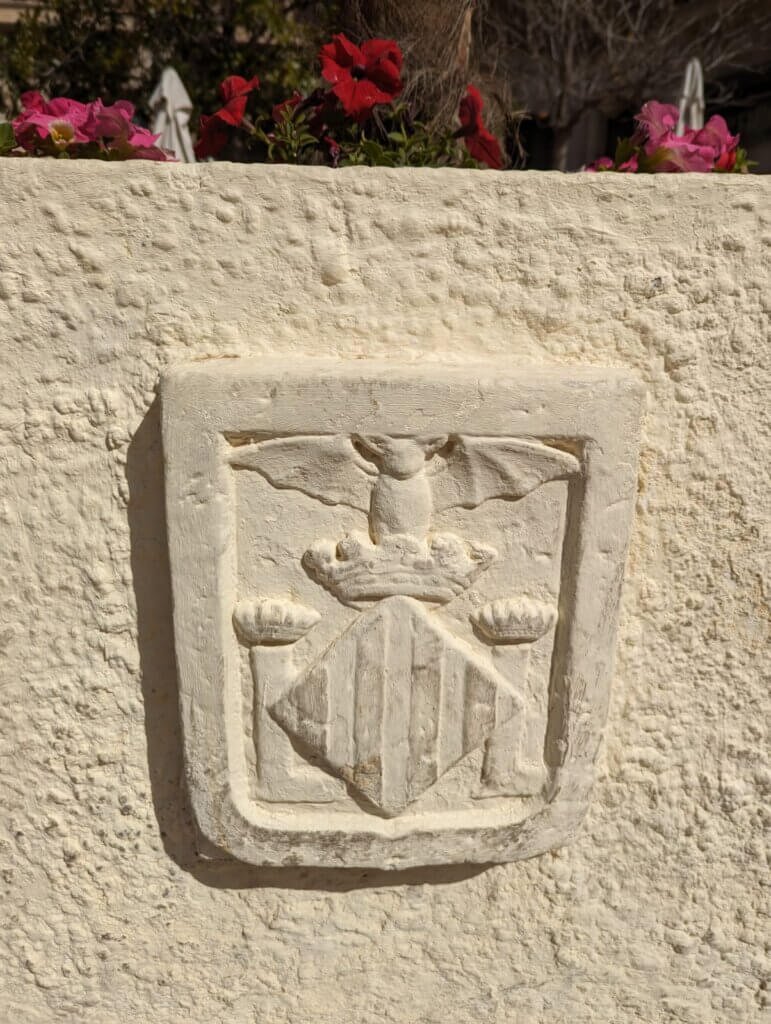
As you walk through Valencia, you’ll notice carvings and statues of bats everywhere. From the Coat of Arms to carvings in La Llotja, they are everywhere.
And there’s a legend as to why a bat is the symbol of the city.
The story goes that King James I was camped out in Russafa, outside the old city walls. The conqueror was planning to retake the city of Valencia from the Arab rulers.
Meanwhile, the Arab troops were planning a sneak assault on King James’ encampment in the middle of the night.
However, a bat flew into King James’ tent, waking him up. This gave him the chance to see the troops in the distance, and prepare his own men. Because of this bat, he was able to defend against the attack, and consequently overtook the city.
King James took the bat as a divine miracle, placing it on the top of his coat of arms. This transformed the bat into the symbol of Valencia since 1238.
But of course – that’s just the legend.
It hosts one of the biggest parties – Les Falles
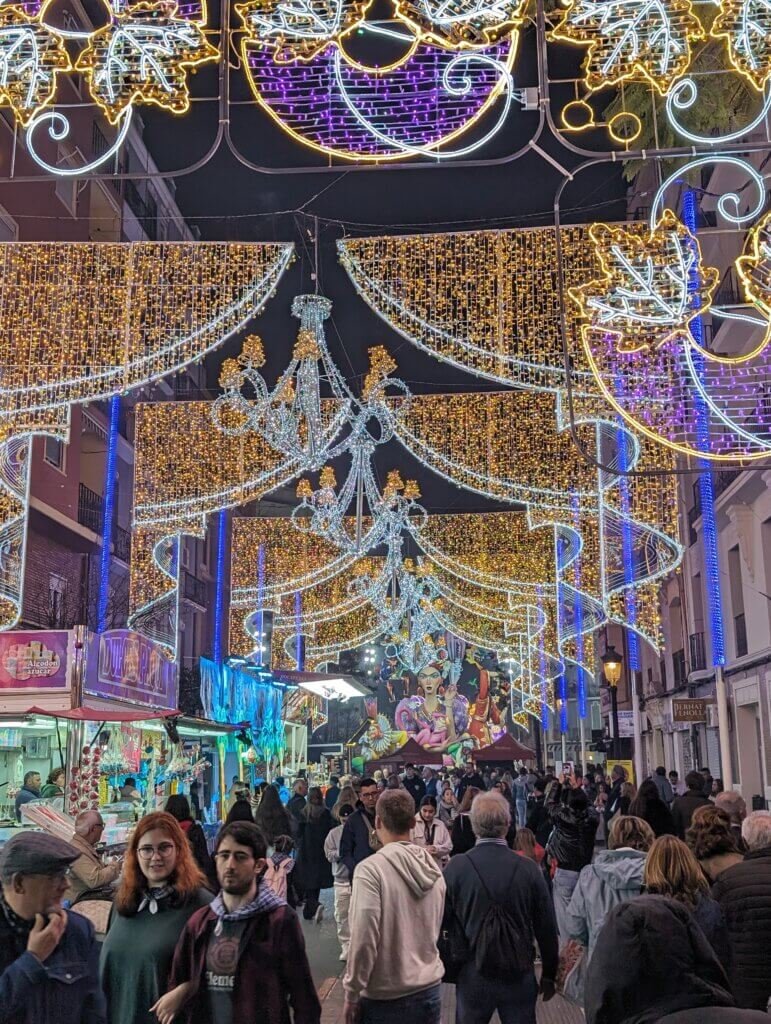
Les Falles festival is one of the world’s most unique holidays. The city becomes filled with over 700 multi-story monuments, fireworks, constant partying, and open-air concerts.
For 5 days, the city has an exciting atmosphere. It mixes art and social critiques with fireworks and partying.
Then, at the end of the 5 days – all the monuments are lit on fire, as a spectacular way to welcome in the Spring.
It’s another UNESCO-recognized heritage, bringing in over a million visitors for these 5 days.
➡️ Here’s what to expect during Les Falles.
Valencia was the capital of the rebellion during the civil war

Here’s a quick history lesson that every tourist should understand when visiting.
The Spanish Civil War was one of the bloodiest times in the history of the peninsula, leading to a fascist dictatorship lasting nearly 40 years.
In part, this came about from a split between people who wanted a monarchy (The Nationalists) and people who wanted a democratic republic (The Republicans). So in 1931, the Second Republic was formed – and announced – in Valencia. This was followed by a few years of progressive reforms, such as women’s suffrage.
But in 1936, a civil war broke out, with Francisco Franco controlling the army and transforming the government into a nationalist regime. This led to Valencia eventually becoming the capital of the resistance (those wanting a democratic republic).
Much of the city was bombed, including the city hall and other historic landmarks.
When Franco eventually took control of Madrid in 1939, Valencia officially surrendered. Franco them remained as the dictator until his death in 1975.
Consequences
Since it was so recent, there is a large percentage of the population that lived through the dictatorship and the transition to democracy. So naturally, there are some serious consequences that are still tangible today.
- At least 30,000 Republicans were executed, with others sent to internment camps or forced labor. Today, people are still finding mass graves in the areas surrounding Valencia.
- The Valencian language was made illegal, which has a very noticeable impact on the current culture.
- Valencia was dealt harsher punishments, as it was the capital of the republic.
So while this isn’t a “fun” fact about Valencia – it’s such an important one to keep in mind as you learn more about the history and culture.
The most blue-flag beaches in Spain

Let’s move on to something a bit lighter.
Valencia continues to have the highest number of blue-flag beaches in Spain. With 159 beaches throughout the Valencian Country – it’s easy to see why so many people come here to soak up the sun.
These blue flags guarantee the water quality, safety, and overall infrastructure. This means that you’ll have plenty of options to choose from if you’re looking to enjoy the Mediterranean sun!
The Cathedral holds the Holy Grail (allegedly)
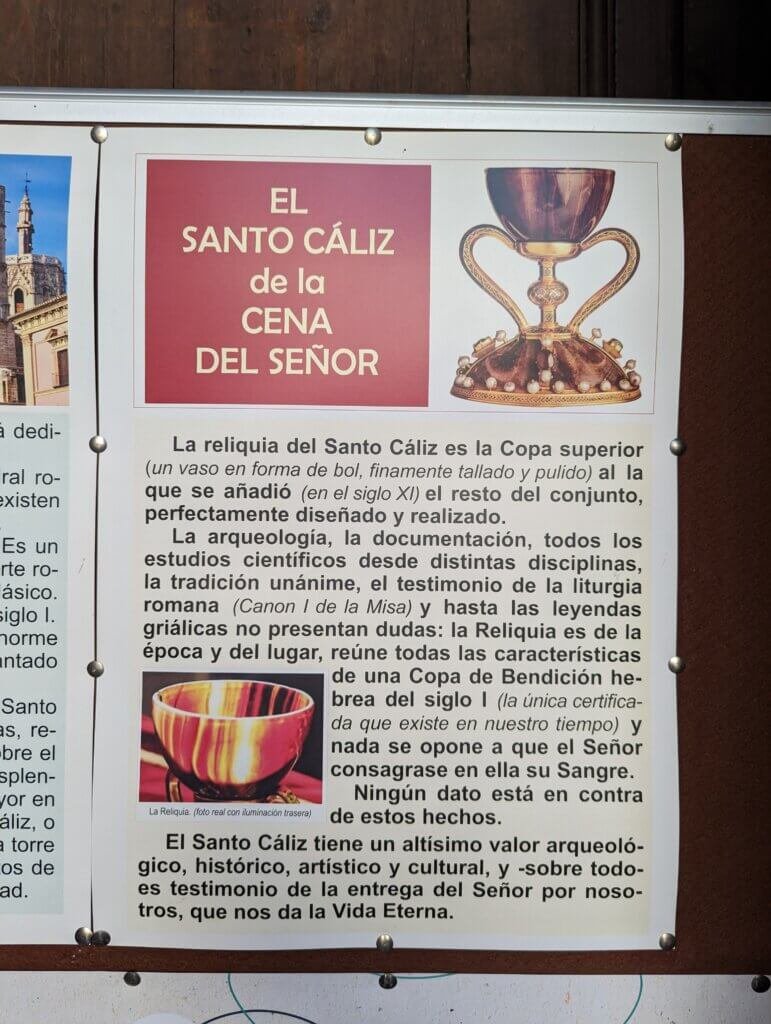
Yes, you read that right.
The Valencian Cathedral is said to contain one of the world’s best sought-after religious relics. The Holy Grail.
And it’s right on display for you to see. As soon as you get into the cathedral, head over to the chapel on the right and you’ll see the famous chalice.
While a lot of churches make these types of claims – religious scholars believe that Valencia is one of the most reputable and likely locations for the real thing.
In theory, this is how the Holy Grail got here:
- From Jerusalem to Rome by the second century.
- From Rome to Hispania in the third century.
- Yearly pilgrimages throughout the Kingdom of Aragon until the 15th century.
- Taken to the city in 1424, and turned over to the Cathdral in 1437.
And ever since then – this famous relic has been in the careful hands of the city ever since.
Get the Valencia Travel Card to get a discount on your entry tickets!
Other Interesting Facts About Valencia
Those were my favorite 10 fun facts about Valencia. But there are plenty of other Valencia facts that we can go over.
After living in Valencia since 2018, I’ve gathered up a lot of interesting things to share with travelers.
So here are a few other interesting facts about Valencia that you should know as a tourist.
The Mercat Central is the biggest market in Europe

The famous food market in the heart of the Ciutat Vella is actually Europe’s largest enclosed market.
With nearly 200 stalls and vendors — you can spend a lot of time shopping in here.
So make sure to try out some fresh fruit or baked goods while you explore it.
Plus, there is an affordable restaurant by a chef with a Michelin Star (Ricard Camarena) in the middle of the market. So make sure you take a number and get a mid-morning snack here!
L’Oceanogràfic is the largest aquarium in Europe
Located at the end of the City of Arts and Sciences, you’ll find Europe’s largest aquarium.
With 110,000 square meters (over a million sq ft), you can spend a lot of time checking out all the aquatic ecosystems here. For most travelers, you’ll spend around 4 hours walking through this enormous park.
So if you want to spend some time learning more about the marine life, this the place to go.
Valencia isn’t really a tapas culture
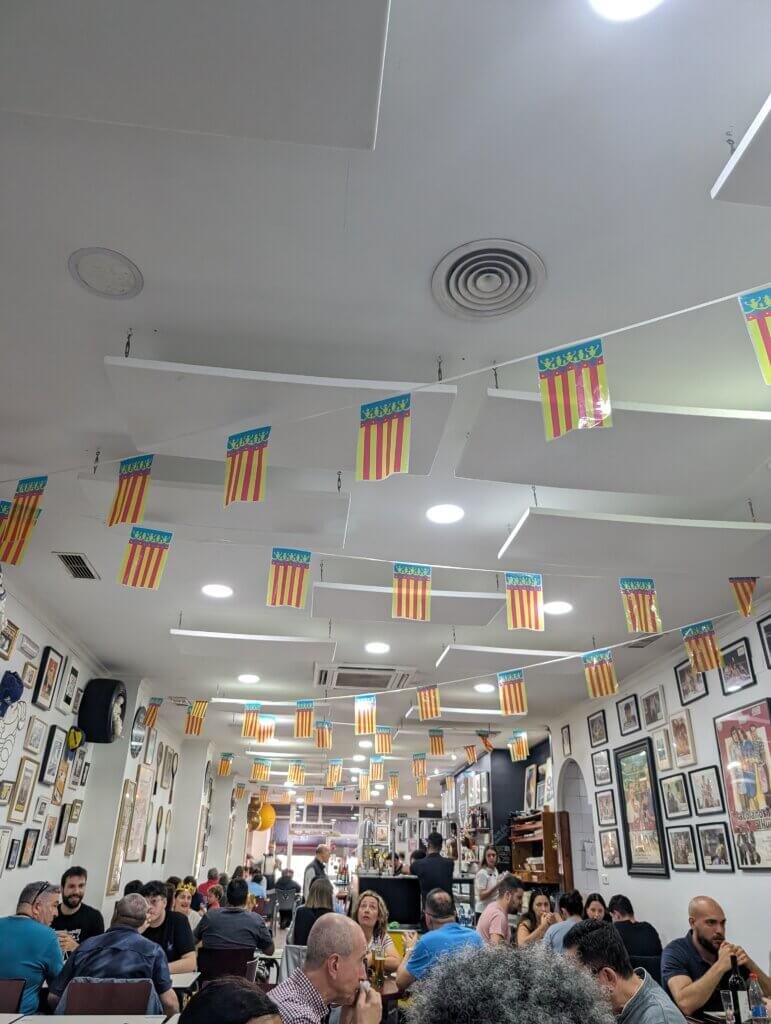
Sorry to burst your bubble – but tapas aren’t so common in Valencia.
Every time I have someone visit me, they always say the same thing. “Where is a good place to get a traditional Valencian tapa?”
And the thing is… well, nowhere.
Valencian cuisine is based around seafood, rice, and fresh vegetables from the surrounding farmlands.
So while tapas are super common in Andalusia and even Madrid – Valencia doesn’t really make them too much.
It’s much more common for Valencians to enjoy an esmorzar (mid-morning meal) or an aperitiu (drinks & appetizers before lunch).
It just goes to show how multicultural Spain is. In other words – you can get that tapas & sangria stereotype out of your head, because you won’t find any Valencians doing that.
Russafa has a unique connection to Syria
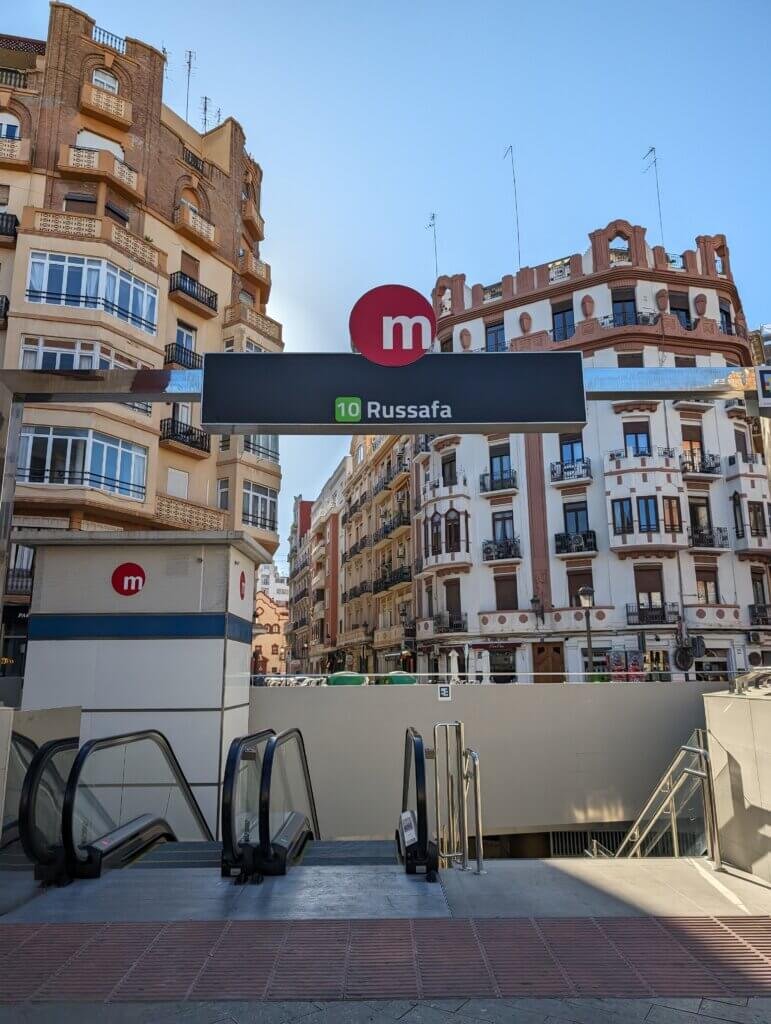
The trendy neighborhood of Russafa is a relatively recent addition to Valencia. In fact, it used to be a separate town outside of the city walls.
But its roots go back even further. Back to the time of Muslim rule in the 8th century.
The Khalifa Hixam, who conquered an area which is now Syria. The Khalifa built a series of palaces outside the city of Damascus, which he named Russafa.
His grandson was then sent to consolidate power in the Iberian peninsula, establishing the Emirate of Cordoba.
This eventually lead to the prince Abd-Al·lah al-Balansí living in the Arab-controlled territories of Valencia. He built a series of gardens and palaces outside of the city walls of Valencia, naming them Russafa, in honor of the palaces back home near Damascus.
The name has survived throughout the centuries, serving as a reminder of the cultural impact of 800 years of Muslim rule throughout the Iberian Peninsula.
Source: Fer Harca
The last execution of the Spanish Inquisition happened in Valencia
It may very well be the last execution handed out by the Catholic Church.
In 1826, Gaietà Ripoll was condemned for heresy. He was a teacher who believed in secular education and free thought.
He had a school in the farmlands of Russafa and openly spoke out against the role of the church in education.
Ripoll was eventually sentenced to two years in prison, then burned. However, as a show of “humanity”, he was instead hanged overtop of a barrel with flames painted on them.
Valencia was the first European city with potable water
Towards the end of the 19th century, Valencia built a system to provide potable water directly to people’s homes.
Prior to this, the water that ended up in people’s homes still needed to be filtered.
But in 1845, construction began on the first filtering system designed for city-wide use. There were several phases of improvements, with a highly advanced system being finished in 1907.
Source: National Geographic
Get More Tips For Visiting Valencia
Hopefully these fun facts about Valencia make your trip just a little bit more enriching! From interesting historical tidbits to relevant cultural facts – now you can show off to your tour guide!
If you want to learn more about the city and how to plan your stay, here are some resources:
- Valencia Neighborhood Guide
- Restaurant Guide
- Done-for-You Weekend Itinerary
- How to get to the city from the airport
Bon viatge!
Need help planning your trip to Valencia?
Here are the tools I use for the cheapest (and most reliable) vacation planning:
- 🏠Booking – Affordable hotels and apartments
- 🏠Hostel World – Safe and budget-friendly hostels
- ✈️Skyscanner – My favorite tool for cheap flights
- 🚗Discover Cars – Best place for car rentals
- 🚄Trainline – The easiest way to book local trains in advance
- 📶Airalo – eSim cards for easy internet access while traveling
- 🦺Safety Wing – The #1 travel medical insurance
- 💸Airhelp – Cancelled flight compensation (it’s free!)
- 💱Wise – Easiest low-fee way to transfer currency
- 🗂️ Your Spanish Visa – Move to Spain the easy way
Affiliate disclosure: This post may contain affiliate links. These are links to services I personally recommend using for your trip to Valencia. At no extra cost to you, I may earn a small commission from these brands if you choose to make a purchase. Your support helps me pay my bills and eat more bunyols!


